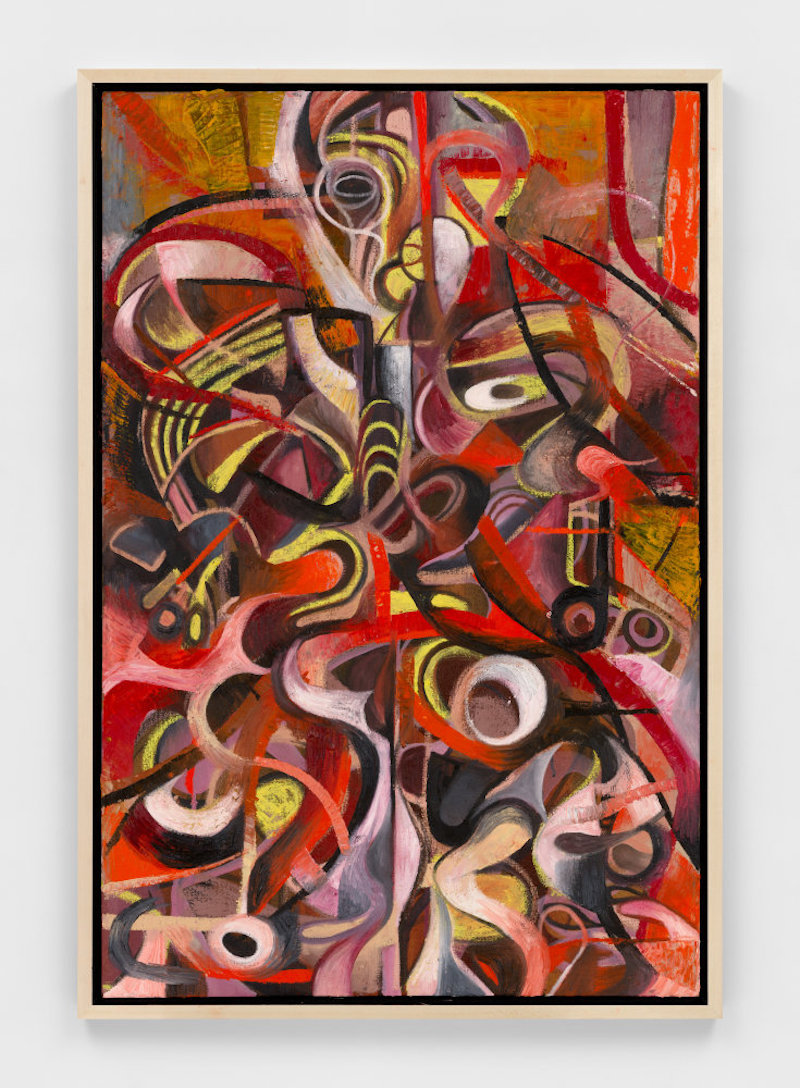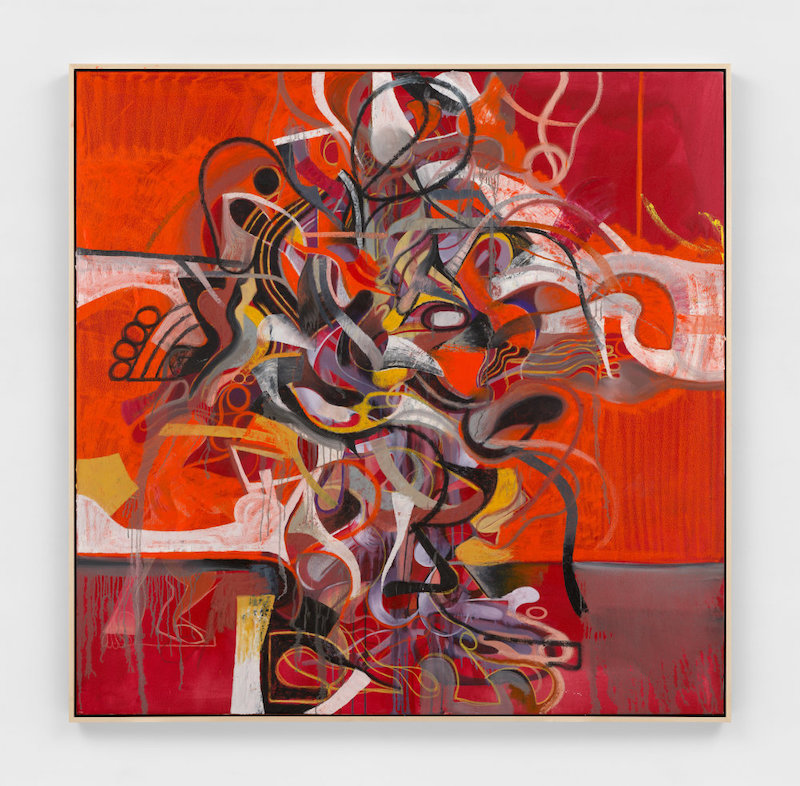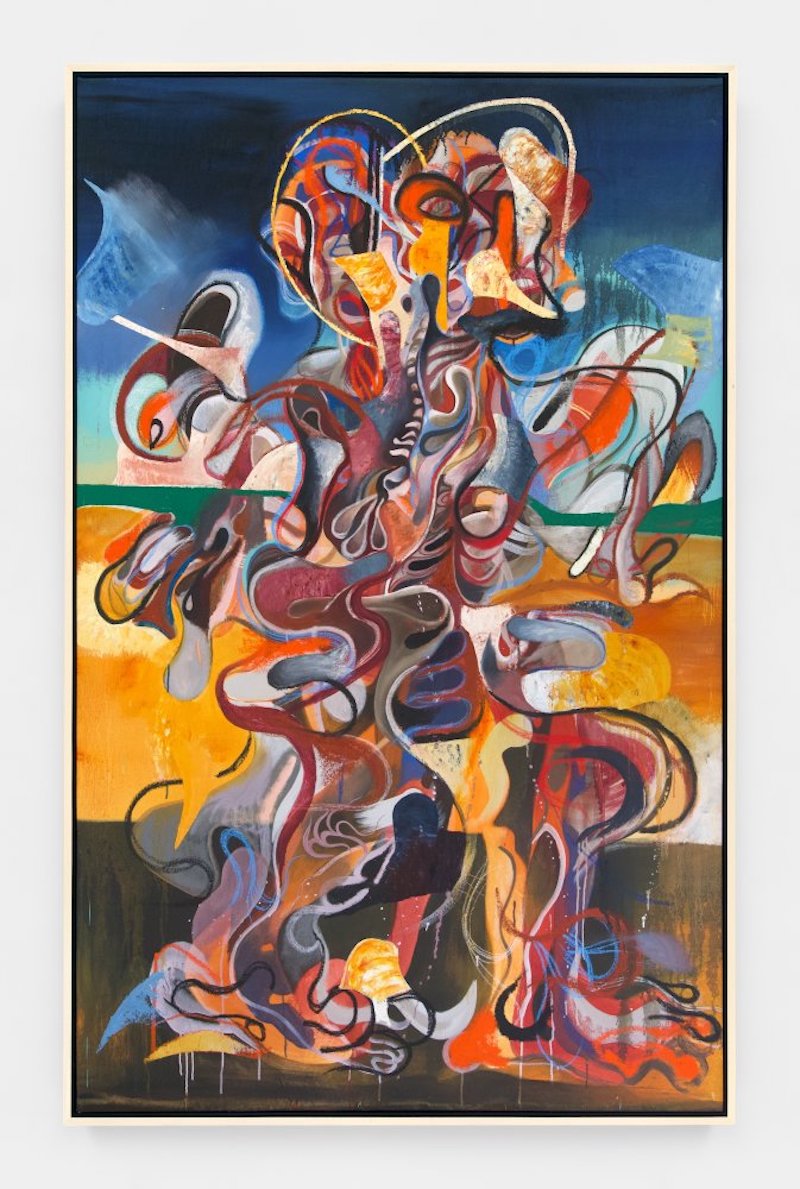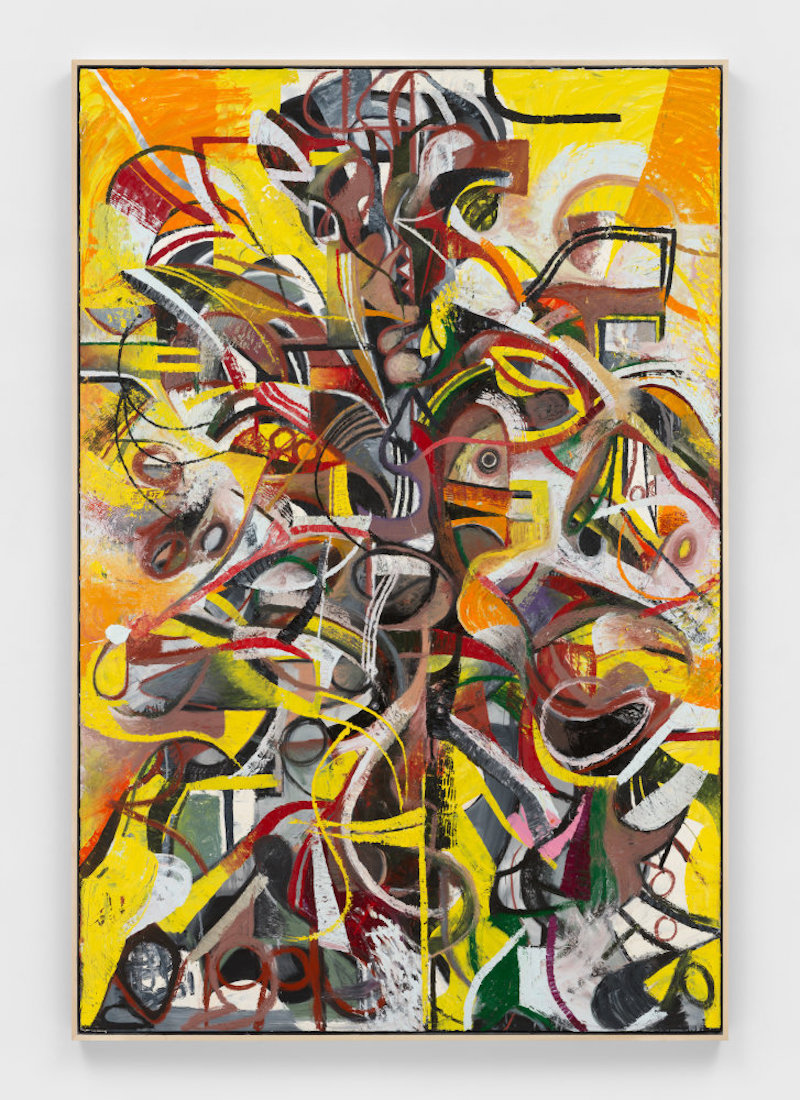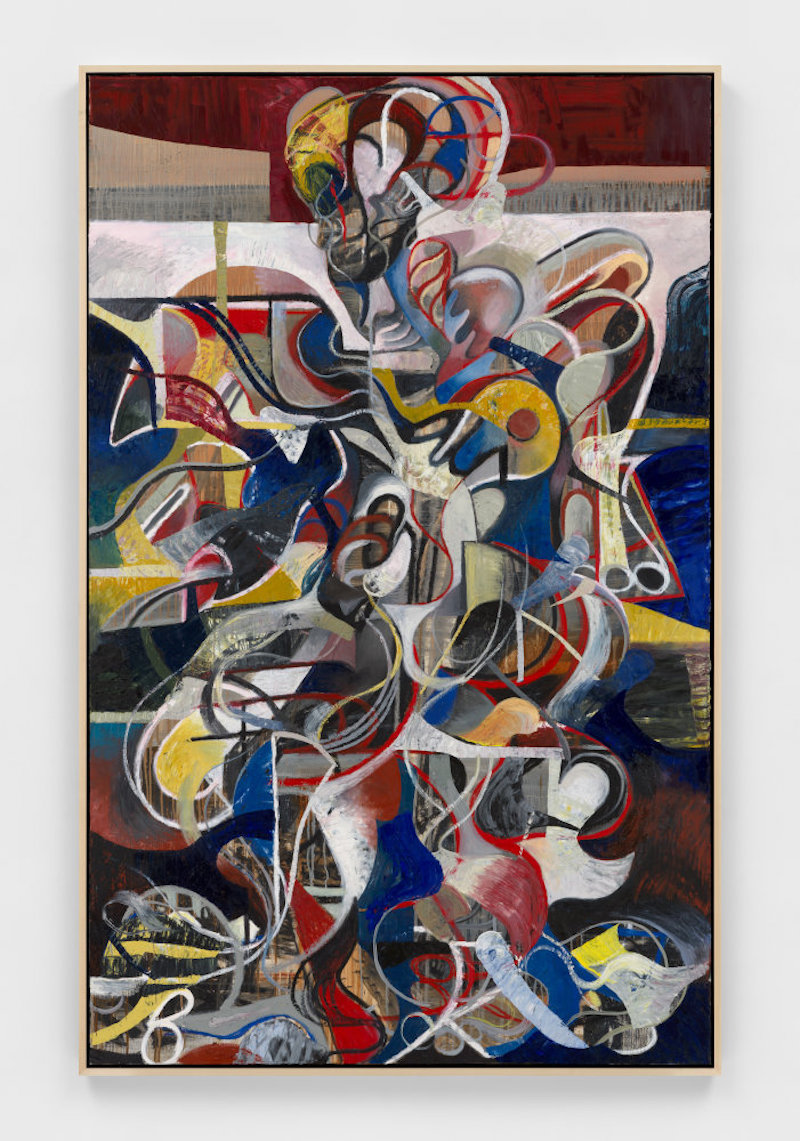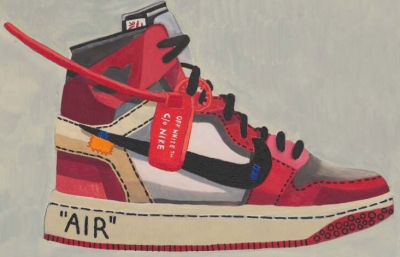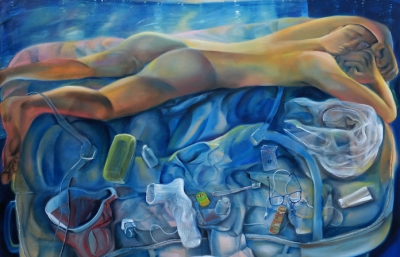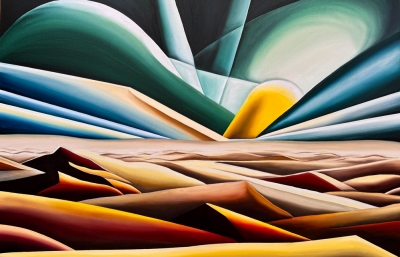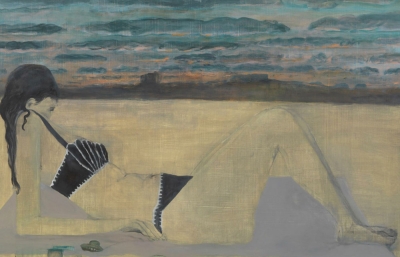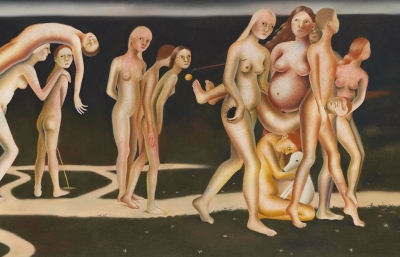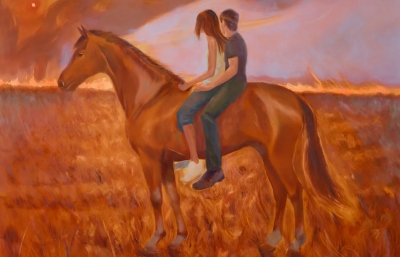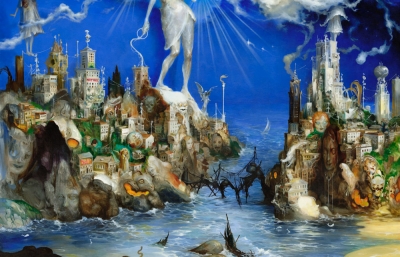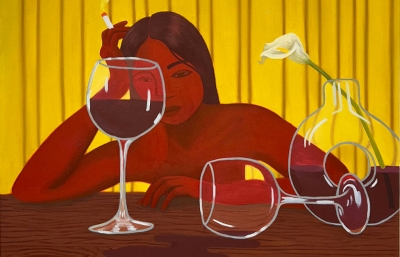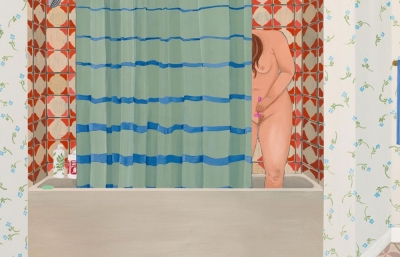Almine Rech is pleased to present the first New York solo exhibition of Bay Area artist Zio Ziegler. Titled The Essential Figures, the exhibition features 12 paintings recently completed in his Marin County studio.
Ziegler was trained at RISD and Brown and works out of a well-worn ranch house in the woods where he is in a state of incessant creation, coaxing life out of numerous canvases at any given time. The compositions cohere around totemic figures that harken back to the early 1940s work of Jackson Pollock, caught up in dynamic whorls of gesture and color. Pollock is an apt touchstone, painting before the atom bomb changed our outlook on the future and our relationship to the planet. Other historical figures making art on the cusp of global calamity such as Umberto Boccioni, Jacob Epstein, and Francis Bacon also haunt the atmosphere around these works. Ziegler sees our current moment as a similarly epochal inflection point with the rapid adoption of A.I., introducing an existential crisis for creatives as well as everyday citizens.
These totems, which Ziegler has called “Essential Figures,” are in his words, “a rejection of speed and change...relics that provoke the nervous system, rather than the intellect.” In front of them, one feels a haptic, bodily energy which encourages a prolonged engagement and an appreciation of their compositional complexity. It is impossible to imagine a computer generating or even replicating the highly subjective gestures, passages, and incidents that make up these paintings, characteristics that Ziegler intentionally engineers into the work as a direct challenge to machine learning. Against the backdrop of the technological change that is so much on his mind, the paintings celebrate individual, quixotic agency while simultaneously recording it in manually-applied oil and acrylic. The hand of the artist is emphatically ever-present. As he sees it, ”art and its surrounding theories remains dedicated to looking at the diversity of human perspective rather than the dominant force silently at play,” namely A.I. learning and its race towards homogenizing consensus.
As evidenced by this electric body of work, Ziegler has found a new imperative for painting, that next jolt of urgency that has always emerged at times of crisis to propel the tradition along from generation to generation. As always, artists like Ziegler are there to shake us out of complacency and call out hard truths. It is refreshing to see the time-honored practice of painting so intentionally yoked to such pressing and timely issues, and in Zio Ziegler a new torch-bearer has arrived on the scene. —Michael Darling



